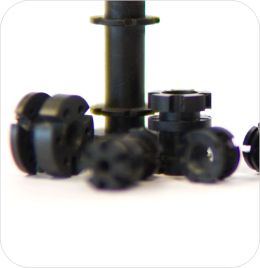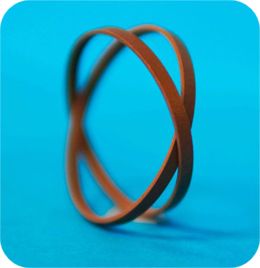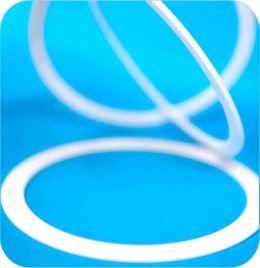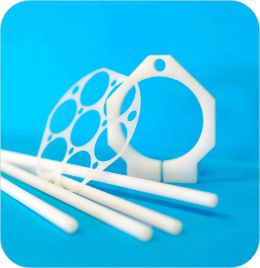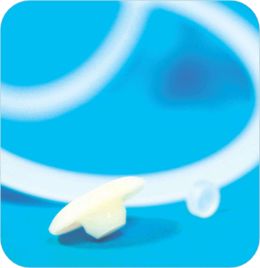POM Material (Polyoxyméthylène)
Key features:
- Very good mechanical properties in general
- High tensile and impact resistance
- Excellent resistance to fatigue and wear
- Good creep resistance
POM or Polyoxymethylene, also known as Polyacetal, is a thermoplastic polymer that exists in two forms: POM-H (homopolymer) and POM-C (copolymer). It is an opaque semi-crystalline material that is naturally white, but often dyed.
The homopolymer (POM-H) is rigid, hard and with a very high creep resistance. It also has a higher tensile strength. In addition to its qualities, it has low moisture absorption and is ideally suited for use in the production of highly stable building components. POM-H is therefore recommended for small mechanical engineering and for the construction of precision parts for machines.
The copolymer (POM-C) is suitable for all foodstuffs since it has a resistance to hydrolysis and strong bases and some heat-related degradation. Insensitive to stress cracking due to its good elasticity recovery, POM-C has excellent machinability.
This plastic as a whole is involved in the production of parts with dimensional stability and appearance requirements. Mechanical engineering, the automotive industry, the textile industry, the food industry and the food industry use this high-quality material for the development of pinions, counter parts, rotors, impellers, bearings, sliding and spring elements, pump parts, valve bodies, hinges, bearing cages, seals, sorting and feeding devices, housings, etc.
Trade names are: Delrin®.
Do you need more information? Contact us!



Our other materials
Need help finding your plastic?
Do not hesitate to use our search engine and our interactive pyramid.
A question, a quote?
Do not hesitate to contact us at +33 (0) 1 48 45 49 79 or via this form:




